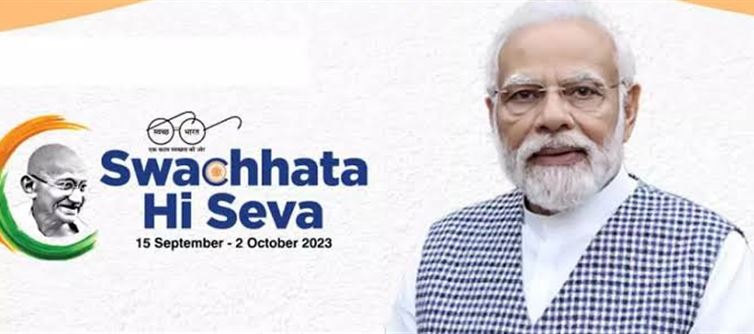
The mission set lofty goals, including the elimination of open defecation and the scientific management of municipal solid waste across urban and rural areas, with significant milestones like the construction of millions of household latrines and the promotion of public awareness through campaigns like "My Clean India." Initially, the initiative garnered widespread support, with the prime minister himself leading by example through cleanliness drives, such as wielding a spade near the River ganga in Varanasi, signaling a collective movement towards a "Swachh Bharat."
However, a decade later, the stark reality on the ground has raised questions about the mission’s effectiveness and the allocation of its substantial funds. social media threads and citizen reports, such as those highlighting the deplorable conditions of cities like Delhi, Chapra, Meerut, and Gurgaon, paint a grim picture of littered streets, clogged drains, and pothole-ridden roads, far from the pristine standards of a country like Switzerland, which the budget might have suggested was achievable.
The contrast between the mission’s promotional imagery and the actual state of infrastructure has fueled debates about potential mismanagement or corruption, with critics pointing to the recurring theme of funds disappearing into bureaucratic inefficiencies or substandard execution. Despite achievements like the construction of over 59 lakh individual household latrines by 2020 and the Swachh Survekshan rankings fostering competition among cities, the persistent filth in high-profile urban centers suggests that the mission’s impact has been uneven, leaving many to wonder if the promised transformation has been fully realized.




 click and follow Indiaherald WhatsApp channel
click and follow Indiaherald WhatsApp channel